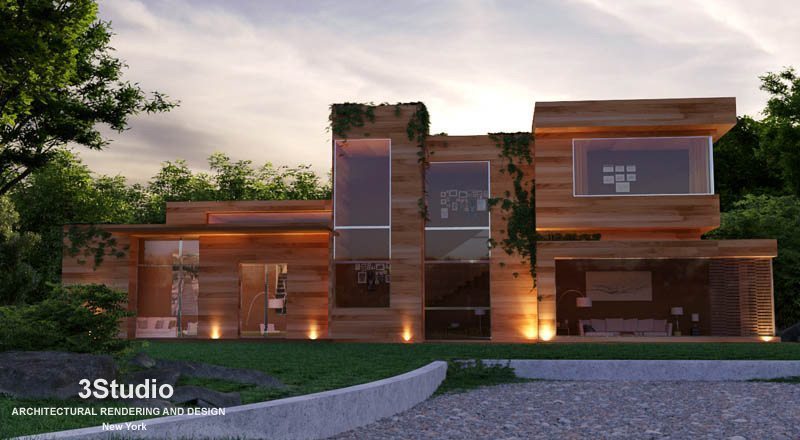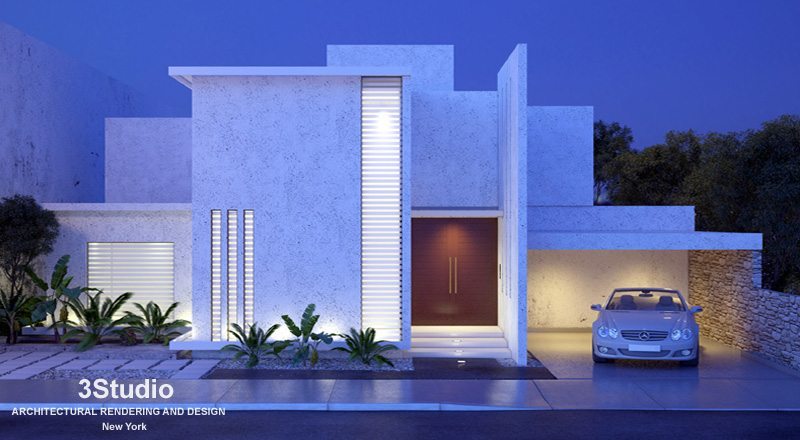Over years, the field of architecture has seen tremendous growth as well as introduction of new ideas and technologies such as Architectural Rendering/Illustration. This involves the creation of 2D and 3D animations that showcase qualities of proposed architectural designs. Architectural renderings can be generated through computer software or even hand-drawn illustrations. The most important goal and reason the rise in Architectural Renderings is the desire to provide 3D solutions for Real Estate. In this article, I will be concentrating on the area of architectural rendering, its rise, and its importance. The article also discusses trends and technological changes as well as the greater need for providing 3D Solutions for Real Estate as an industry.
Why Architectural Rendering?
Architectural Rendering has been necessitated by the need for analysis of designs, presentation, and marketing. Visualization of proposed designs in 3D computer-generated images or illustrations drawn by hand have therefore become an increasingly important part of architectural education. Renderings can thus be created with the use of 3D modeling computer software as well as drawings made by hands using pen and ink on paper. Architectural Rendering techniques also vary from those that create just a flat simple image to those creating images with shadows. Sophisticated software has enabled the accurate approximation of lighting as well as materials to create Photo Real images. This marks a great leap towards the provision of 3D Solutions for the Real Estate industry.
The ultimate goal is to provide 3D Solutions for Real Estate, Architectural Rendering as a field has witnessed tremendous support and is becoming an integral part of Architectural Education. 3D renderings for instance are now playing an important role when it comes to sales in the real estate industry. 3D Architectural Rendering has made it possible for decisions related to designs being made even before the buildings are actually constructed. This is to say that Architectural Rendering has offered a major 3D solution to Real Estate by enabling experimentation with architectural designs and their visual aspects before making important construction decisions.
As 3D computer generated renderings become increasingly become common, it should be remembered that Architectural Rendering was mostly done by hand. Even today there still exist many illustrators who still make their renderings solely using hands. Some combine both handwork and computer software. The great need for 3D solutions for Real Estate has seen Architectural Rendering receive immense support from groups such as the American Society of Architectural Illustrators which rewards excellence in graphic architectural representation through the Hugh Ferriss Memorial Prize.
In conclusion therefore Architectural Rendering is increasingly becoming an integral part of modern architecture. Rendering was traditionally taught at a master level where students engaged creatively with their mentors. Contemporary architects make use of hand drawings, ink, and watercolor techniques to render their designs. The latest medium being utilized in architectural rendering is the use of computer software and graphics. With continued advancement in the area of technology, the field of Architectural Rendering is expected to continue growing and ultimately occupy a central position in architecture. This is supported by the immense demand for 3D solutions for Real Estate for the purposes of marketing, simulation, representation analysis and more important decision making.







